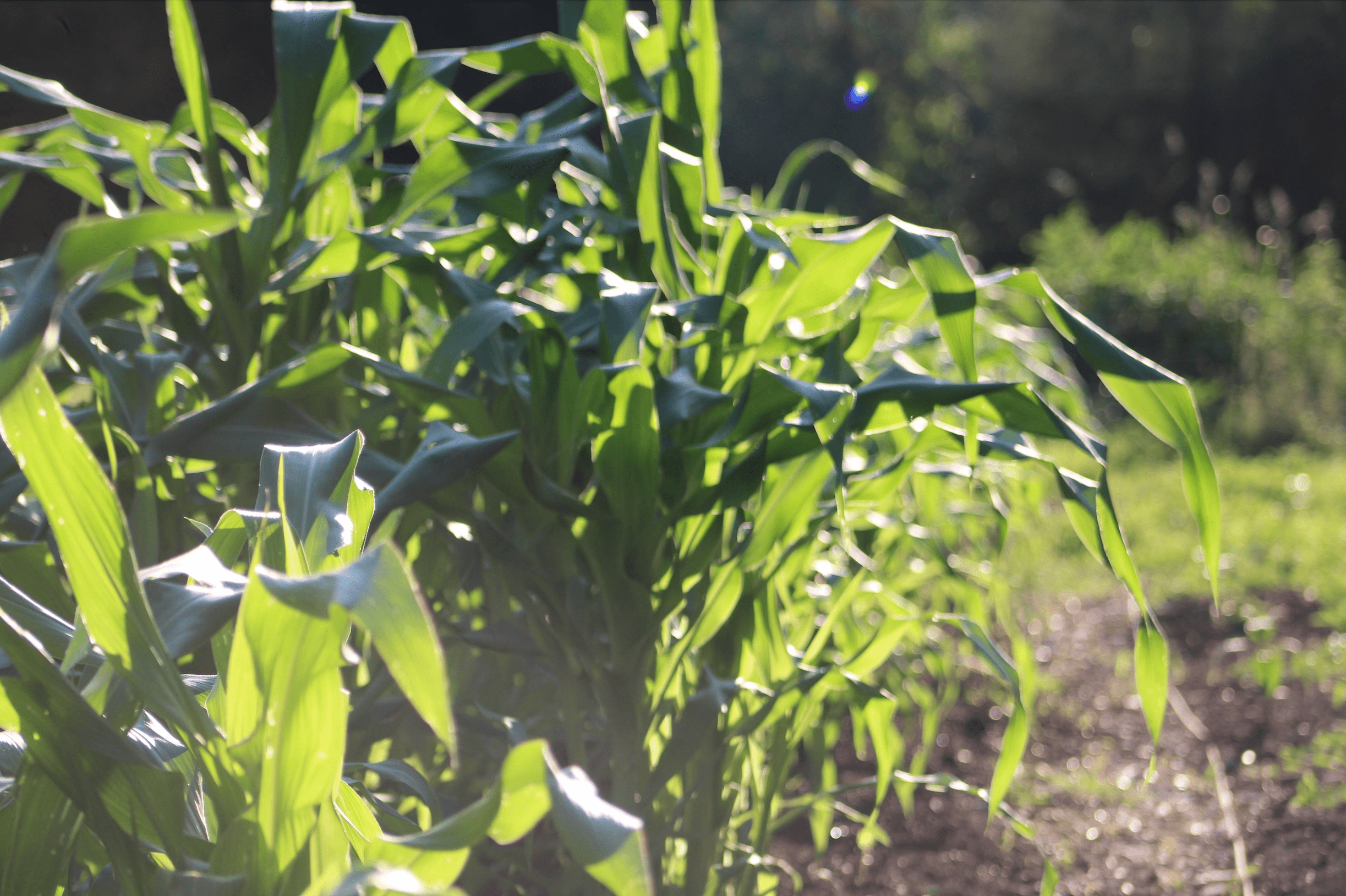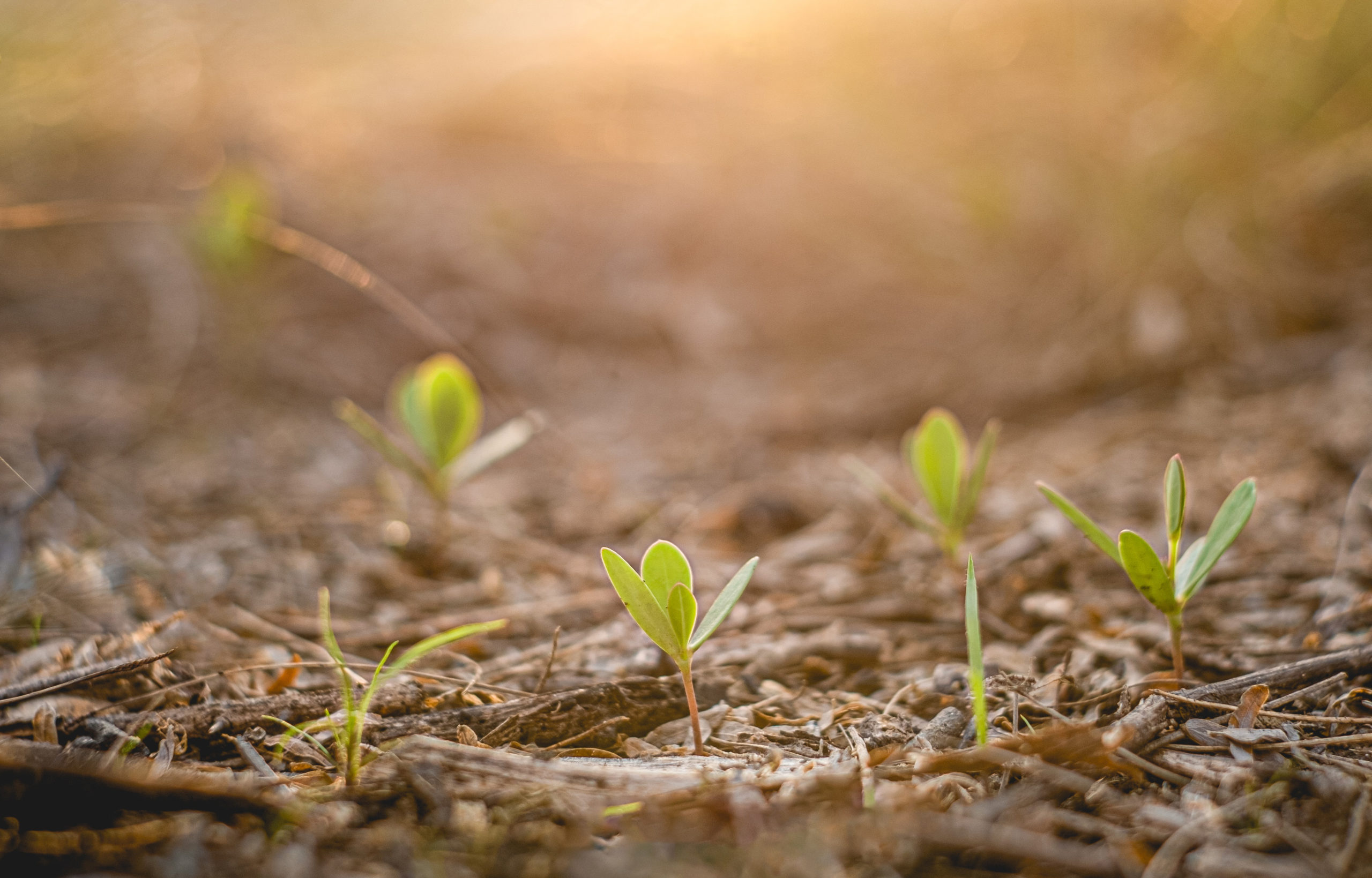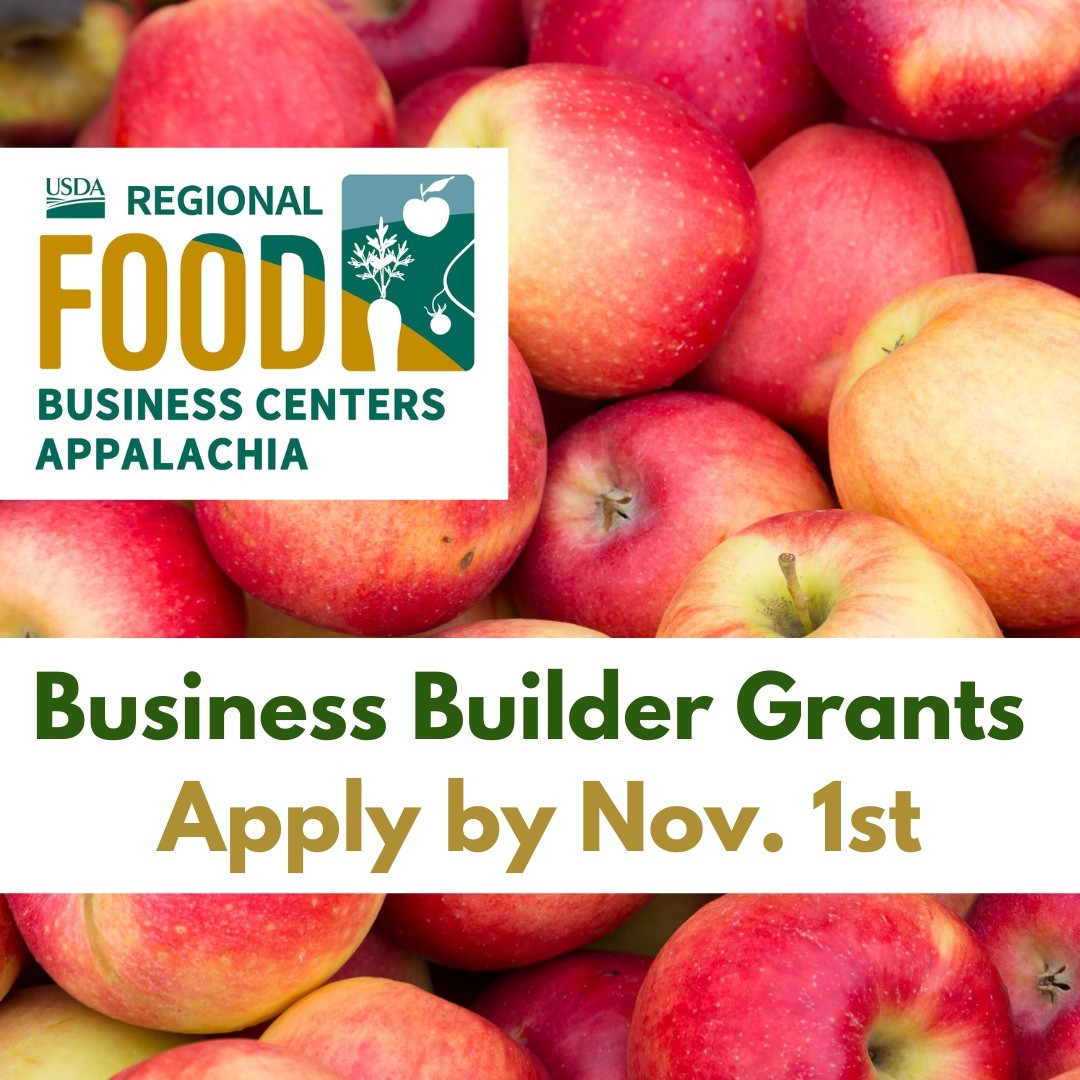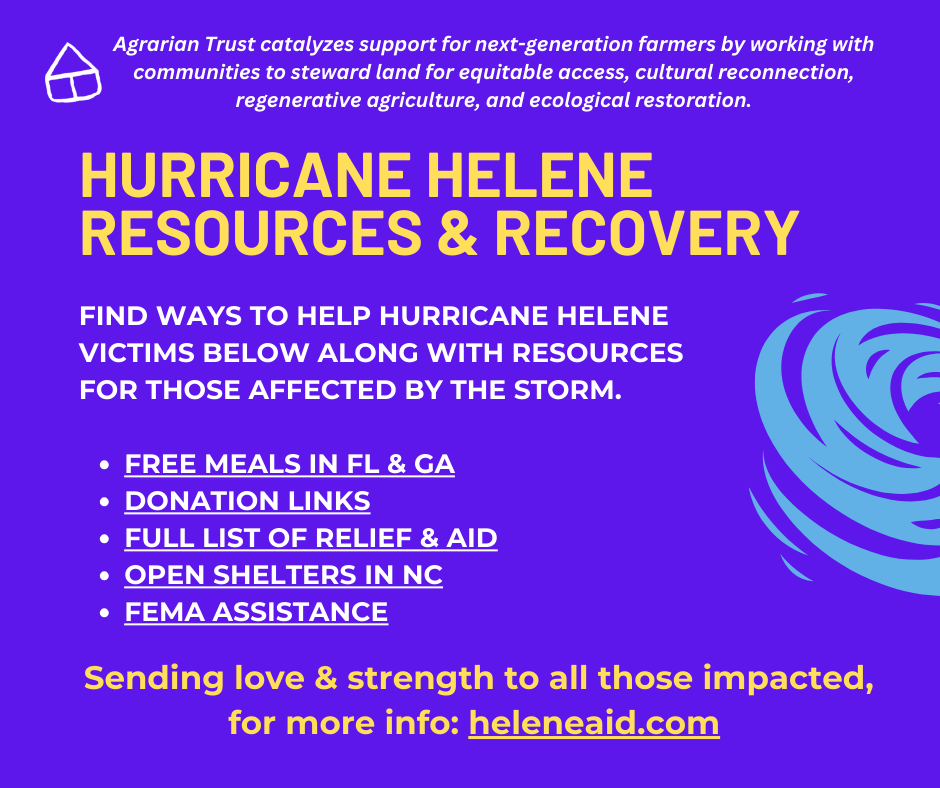Here’s a glimpse into what happened in New Brunswick last month at the Atlantic Canadian Organic Regional Network (ACORN) Symposium.
Some words from speakers Jeff Schnurr, Severine von Tscharner Fleming, Mark Bernard and Shannon Jones on “The Quest of Finding Farmland”.
Jeff Schnurr -Community Forests International
Speaking about: Incubator Farms
Thank you to ACORN. Land access/use is something I’m very passionate about. I graduated from High school here in Sackville, and then traveled for about 5 years – tree planting in between – ending up on the island of Pemba. People there were very interested in what I was doing, how I was planting trees, and if they could do it too. Since then we’ve planted (17??) millions of trees in Pemba.
This was an invaluable experience for me. I learned the importance of community and how people can support each other in land use. And I wanted to bring that back to my region. I’ve seen people transform a landscape, living and working together, and making their living by conserving the natural world. They practiced conservation while farming and doing forestry, whereas here we often think of these practices as inherently different. Environment vs. Economy.
So we started to look at how we could do that here. Make a living while conserving ecosystems. Organic farming is a pretty good example of this. We initially got started with forestry – by talking to the NB Community Land Trust, which uses easements for conservation – and they helped us a lot.
We worked with Whaelghinbran Farm as well. And they really were farming organically before there were any standards in place for that. They mentored us. And when their time came to stop farming, they didn’t want to give up the land unless it could be kept in the same tradition. So we raised the money to take it over, creating an incubator farm. The idea with an incubator farm is to provide interested individuals with mentoring, expertise, technology and resources to get into farming without necessarily having the startup capital or knowledge. The primary purpose is to provide education.
Our first step was to work with future farmers. Susan Tyler and Will Clark were meant to be our instructors and mentors. Unfortunately, Clark passed away about 3 weeks after we officially purchased the farm, but Susan remained and filled that role.
Beyond having the incubator farm, we put 7 acres of land into production, and built a community of 7 apprentices + farm manager. We have hosted summer workshops there, including horse logging, how to use a chainsaw, food forests and permaculture workshops. We asked our farmers to host these and it was an interesting way to break down the usual barriers of farming. We were able to continue to support them by providing these learning opportunities.
But it wasn’t without its challenges:
- Infrastructure was a big challenge for us. Both living accommodation (solved by a yurt, until about mid-October), and equipment (both tractors broke a week into the project!) The purpose here was to mitigate risks, so as a non-profit landowner, we were able to deal with some of those challenges, so the farmers didn’t have to.
- Another downside with an incubator farm is that you don’t have total control over the system. You’re learning to work with someone else’s system, and investing to live and work on a farm that you’re not building for yourself and your future. But that’s outweighed by the benefits of the learning you get, and reduced capital outputs.
This is one of the most high-risk ventures I’ve ever been involved in. Farming is really tough. I definitely have a newfound respect for farmers. After farming Whaelghinbran, I feel that a bunch of beets should actually cost $50! Seeing how much time and work goes into farming, it’s a huge privilege to contribute to that cause.
We’re going to continue building the farm, and increase our infrastructure. We’re also building a centre and incubator farm in Tanzania, where people can innovate and learn more about land use systems.
Severine von Tscharner Fleming – Agrarian Trust, The Greenhorns
Speaking about: Land Trust Solutions
I drove a long way to come here. I live in the Champlain Valley of New York, USA. I think it’s very common in this emergent community of young farmers that many of the men and women doing the coordination work are themselves on the farming path. I think that really speaks to the systemic wisdom – which was embedded in Jeff’s talk – about building a system that works. With land access, it’s the same question: how do we get a system that works for us. “Us” includes the soil creatures, water bodies, animal habitat, and the larger community.
The Schumacher Centre, founded by E. F. Schumacher, whose lectures are available, started the first community land trust in Massachusetts, online. He was an economist who wrote Small is Beautiful. The basic point is to hold the land in perpetuity in organic agriculture, in a way that is compatible with surrounding landscape. The conservation community funded this land preservation through the sale of easements, which included contractually the use of the land for organic agriculture. The Community land trust model is open source on the Schumacher Website, and they have assisted hundreds if not thousands of other land conservation organizations in formulating the language and legal basis for this kind of sustained stewardship.
What they found in this work, is that in order for the community land trust model to be sustainable, farmers needed to be near-owners of the land. One component of this approach is that the farmer, without owning the land, could still build equity in the farmstead. The farmer owns the buildings; s/he can paint, put in a dock, a wash station, etc. and sell that to the next farmer at the replacement price. The farmer can also own the soil quality (which is complicated math). You can show how the soil has improved through your stewardship, and use that to improve the value of your equity, and take that value out of your lease agreement as you move on, or move to an ownership situation.
The community land trust documents and papers are all available online for replication and study. If you’re on the path to land access, I recommend you study these documents to be your own best advocate. I’ve turned my own study of Land Access into an organization to help other young farmers.
Agrarian Trust is the 4th organization I’m involved with for young farmers. The Schumacher Centre hosts it as a fiscal sponsor and mentor organization. The point of Agrarian Trust is to help the next generation with land access, and to figure out the best strategies for doing that effectively.
One way we’re doing that is to share real stories in the initial phases. We have a collection of narratives from our mentor generation of farmers, as well as new farmers. How did you do this? What combination of credit, other jobs, easements, financing, partnerships and business strategy did it require to get good, durable land access?
Through the stories, you can start to familiarize yourself with the tools that exist to transition land forward to help you on your path.
Apart from Stories of Access, Agrarian Trust also features exemplary case models in innovative land transfer agreements, legislation that incents farmland leasing, community investment models, non-profit/ conservation loan funds and other emergent ideas being experimented around the country – which might be the next great tool, like the Community Land Trust model, and can be replicated thousands of times over in different contexts with variations and continued improvement. Again, our goals is to create systems that allow for the land’s best stewardship, for the security of the farming family, and a situation that allows them to serve the community with high quality food over the long long run.
In the US, 1/3 of our agricultural land will transfer hands in the next 10 years. I don’t know how to describe that in Canadian terms, but its the size of the Louisiana Purchase. In the next 20 years, it’s estimated to be 400 million acres of land. From a land use perspective, it’s a tremendous opportunity to assume stewardship and ownership and care of a significant territory. It is a major inflection point for landuse, and one that we must take full advantage of as an incoming generation with sustainable farming on the brain.
I’d like to lay out a few of the tools and strategies to facilitate land transition. Here are a few that I see working in the USA.
In different ways people all over the world are addressing this. Many are trying to build a regional local food culture, economy, etc. within a global economy. Things that work well in US are land leases and Land linking organizations. These tools help farmers map opportunities to get into farming, and help retiring farmers identify successors. This is a great transaction, that is healthy and culturally mature one that doesn’t involve crippling debt or begging for help.
Another thing is the finance end. Increasingly there have been funds set up to help new farmers get low interest loans. There’s also now a move towards crowdfunding. The Greenhorns works through ‘Kiva,’ which provides no interest loans. A lot of people who have tremendous solidarity and are interested in seeing this work in their communities, without being huge financiers, are facilitating this.
Another challenge is cash for lawyers to develop agreements for land. How do we create agreements that involve new and senior farmers in legal language from lawyers who are expensive? This is a major challenge. Agrarian Trust is partnering with Vermont Law Schoool to put together an open source inventory project for legal documents, leases, agreements, market orders, etc. Groups like the Sustainable Economies Law Centre have made a list of the legal infrastructure that is helpful to this movement and are creating those tools in an accessible way for farmers. Other groups include Food for Law, and Rural Crisis Legal Hotline.
These are just a few organizations and models to get you thinking in terms of the systems that need activiting to pass land forward. Over time, we’ll have to continue to innovate new ways of sharing risk and getting things done, to support and hasten the flourishing agricultural system we know is possible.
Mark Bernard – Barnyard Organics
Speaking about: Family Farm Succession
Thank you for inviting me. My wife Sally and I operate a 550-acre farm in PEI, plus some rented acreage in NB. We raise livestock, and grow wheat, soybeans, barley, and oats on a five-year rotation, as well as raising pigs, and broiler chickens. We’ve been farming organically since 2006. We both grew up on farms.
Dad had originally purchased the land from a relative (??). On the legal advice of some lawyers and accountants, he set up a limited company for the farm. And he’s been very proactive in following that plan through, and in making sure the people on his land are happy to be farming. It’s great to have him as a support on the farm, and he actively supports how I’m changing and improving the land.
When we came back to the farm in 2006 – after Agricultural College – the farm was being transitioned from potatoes to organic. “If you’re interested in running the farm” Dad said, “we’re going to make a transition plan.” So, we froze the assets, restructured the shares, and that allowed Dad to retain interest in the value, and our shares were the common shares of the company that run the business. We would incur to further the company, and pay out a premium on the other shares.
That allowed us some freedom, no one breathing down my neck, to do what we wanted to with the farm business.
Sally and I have 100% common shares and Dad has the majority of the preferred shares, which are broken up. Each year we have the opportunity to buy more preferred shares from him, so his are less and ours are more, which means we are buying it from him over time.
The wrench in the plan is that I have 2 sisters, one of whom is interested in farming. She’s not really at a place to take on the commitment, but lawyers advised us to set up Dad’s will so that the farm is divided into 3 parts, and I’d have the opportunity to buy out the other 2/3 from them.
We’ve been doing well farming, expanding and changing things, and getting the land figured out. We’ve been casually searching for land and hoping something would come up. Last September, we decided to rent 30 acres about a 20-minute tractor drive away. I’ve gone through a full year of building up the soil (which was depleted after 20 years of haying), and have an arrangement with the owner that we don’t pay rent during this time. I’m close with him and have been explaining what I’m doing with the soil. We also picked up 20 acres in NB from an Ontario landowner who would prefer the land be worked and taken care of. We hope to produce organic corn there. We’ve segregated the corn land from the grain corn in PEI.
We’ve learned that it’s easier and cheaper to fix the soil and land first, and then continue to manage and keep it healthy and happy, than to start farming right away.
Shannon Jones – Broadfork Farm, NS
Speaking about: Buying Farmland
Hello. I never thought I’d be speaking on a panel about buying land until I was elderly. So this is nice.
My farm is Broadfork Farm where Bryan and I have a small mixed farm, with (mostly) veggies, some cut flowers, laying hens and honeybees. This farm is 100% of our household income. Neither of us grew up on farms. We learned through internships, labour jobs, and apprenticeships. I was directed from my farming education, seeking out specific skills I knew I needed.
We began farming on leased land in Nova Scotia that we had for a year. We each brought $10,000 in savings from our last jobs to make that happen. We put on lots of events for other young farmers – telling everyone we were looking for something more permanent.
We were actively looking for land; our price range was “cheap” – about $150,000. The properties were often clear-cut, and junky (we always took shovels to inspect the soil), and houses were often unlivable. We wanted to find some land that was pre-loved and continue loving it. As the search was on, we ended up being approached by a woman who heard of us through ACORN to tell us she had an elderly neighbour potentially looking to sell her land. This woman was in her 80s. She lived there on her own, and had never put up a for sale sign. She didn’t really want to move but recognized the house was too big for her. It was not a typical buyer-seller transaction. We went and chatted with her, and didn’t even see the whole house for a while. She lived in the house, so it was great – about 200 years old.
We took a lot of pictures, to know as much as possible about what we were getting into.
Knowing the soil was very important to us. We used province’s soil maps, soil tests on every major plot, etc. We have a nice deep sandy loam.
We decided to buy the farm. But we weren’t making a lot of money. We made a business plan and shared it to a lot of folks who weren’t interested in supporting our endeavour. Even our Credit Union, with a mandate for loaning money to young framers, indicated one of us would have to get a full time off-farm job, which wasn’t our plan. Eventually the NS Farm Loan Board did give us a loan. They’re the only provincial board in Canada. We think the farm loan board is awesome. Our farm cost us $55,000 – very cheap.
Most people think they can’t live off the amount that we think we can live on. So we fudged our business plan numbers – just a little. Our farm is 15.6 acres. We farm intensively on 2 of them, with another 4-5 acres on the rotation. One weekly market provides 90% of our income.
Some challenges we have encountered:
- We wanted to buy a farm for long-term stewardship. As agricultural land transitions, it goes through many different people’s visions… but now, with every decision we take, we ask ourselves: do we want this, forever? Do we want this tree/perennial to be in this specific place, forever?
- From day 1, we had to make a living from the land, which means less time to prepare and cultivate it. It’s worked out really well though.
- We’d never worked on a farm that was in its first year, and so we had no idea how to do it.
- If you have a mortgage, everything has to be insurable – certified wood stove, life insurance, etc.
- With each building, the property taxes have to be factored into living expenses. It seems obvious, but we never thought about it.
- We’re responsible for all decisions! Do we plow? That’s a hard decision. It’s different than working someone else’s land. Do we rototill? How is this affecting the soil? What’s the best infrastructure? How do we heat the bench in our greenhouse? We had to make a spreadsheet to show the true cost of both options. So each decision requires a process.
Thinking long term is a skill too. Considering relationships with neighbours, marketing channels, weather risks (flooding), and how much we wanted people around were all really important in choosing the farm site. As were business considerations – including internet access (we go to the library), cell phone reception (we use a landline), and proximity to market (short and long term.)




